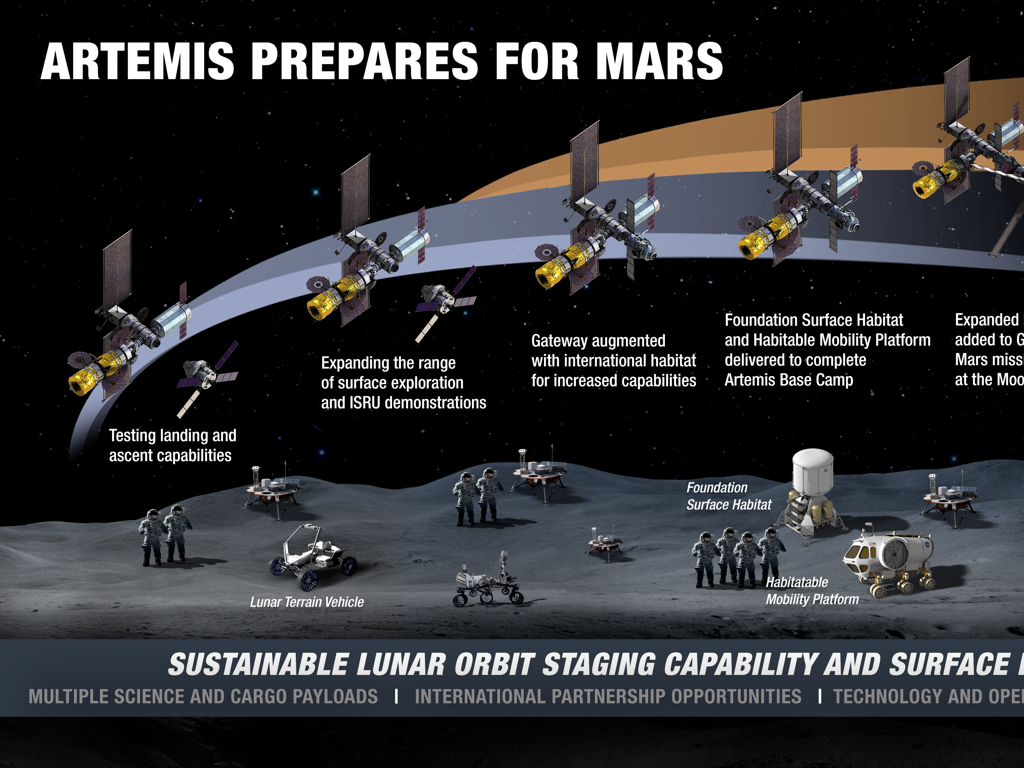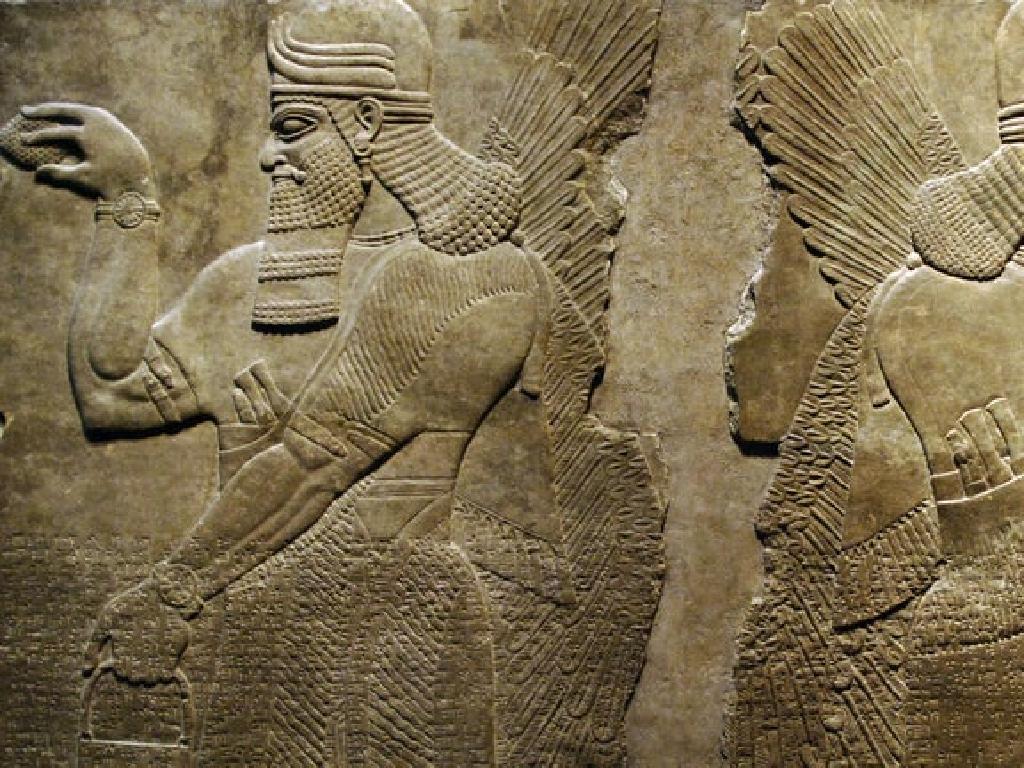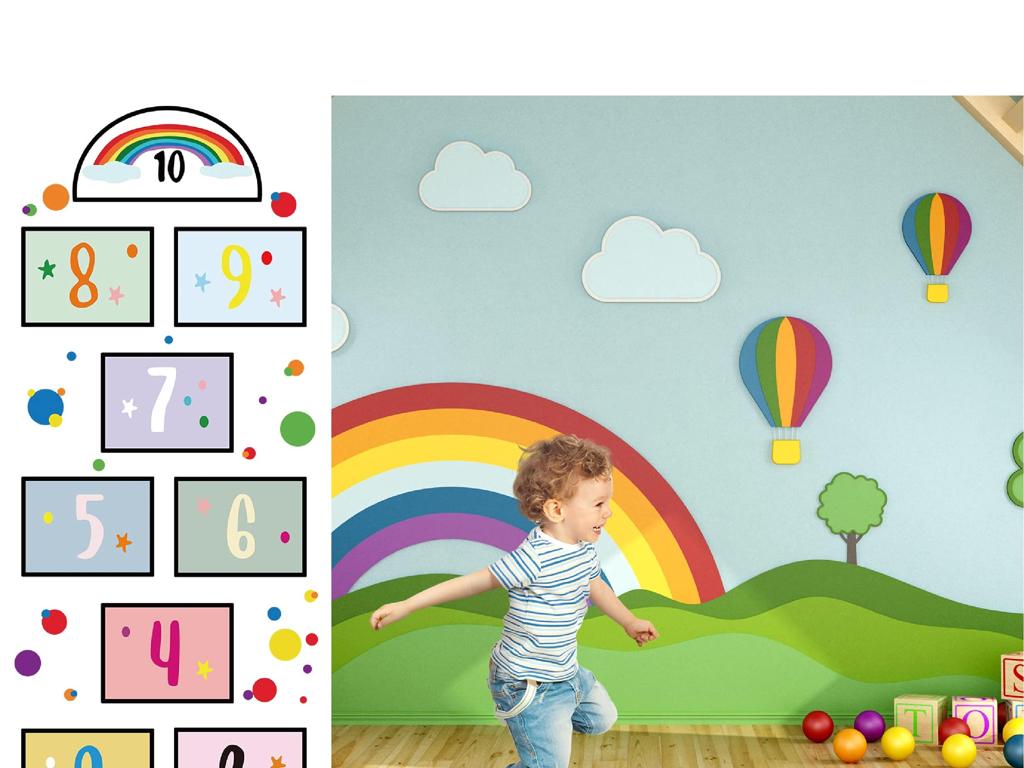World War I: The Road To Peace
Subject: Social studies
Grade: Fourth grade
Topic: 20Th Century American History
Please LOG IN to download the presentation. Access is available to registered users only.
View More Content
Introduction to World War I: The Great War
– What was World War I?
– A major global conflict that happened from 1914 to 1918.
– The start of World War I
– It began with the assassination of Archduke Franz Ferdinand of Austria.
– Learning the importance of WWI
– WWI’s impact on the world
– It changed maps, and how wars were fought, and led to WWII.
|
This slide introduces students to World War I, also known as the Great War. Begin by explaining that WWI was a significant event in world history that involved many countries around the globe. Discuss the spark that ignited the war, emphasizing the assassination of Archduke Franz Ferdinand as a key event. Highlight the importance of learning about WWI to understand how it shaped modern history, influenced international relations, and led to changes in warfare. Explain that the outcomes of WWI set the stage for future events, including World War II. Encourage students to think about how a single event can lead to a much larger conflict, and why it’s crucial to study our past to prevent future wars.
The World in Conflict: WWI
– Major countries in WWI
– Countries like Britain, France, Germany, and the USA
– Allies vs. Central Powers
– Allies (Britain, France, USA) fought Central Powers (Germany, Austria-Hungary)
– Daily life of WWI soldiers
– Soldiers lived in trenches, facing tough conditions
– Understanding soldiers’ hardships
– They dealt with cold, mud, and fear of attacks
|
This slide aims to give students a snapshot of the global scale of World War I and the two main sides involved in the conflict. Highlight the major countries that participated and explain the division between the Allies and the Central Powers. Discuss the life of soldiers during the war, focusing on the conditions in the trenches and the daily challenges they faced. This will help students empathize with the soldiers and understand the human aspect of the war. Encourage students to think about how different life was for soldiers back then compared to today. You can also introduce the concept of alliances and how countries work together during conflicts.
America Joins WWI: The Road to Peace
– Reasons for U.S. entering WWI
– Concerns over safety and freedom led the U.S. to join the fight.
– President Woodrow Wilson’s leadership
– Wilson aimed for peace and democracy, famously with his Fourteen Points.
– American troops’ impact on the war
– U.S. soldiers helped turn the tide in favor of the Allies.
– The push towards peace
– America’s entry helped to bring the conflict closer to an end.
|
This slide aims to explain the complex reasons behind America’s entry into World War I, emphasizing the role of President Woodrow Wilson and the significant impact of American troops on the war’s outcome. It’s crucial to convey these ideas in a way that’s accessible to fourth graders, using simplified language and relatable concepts. Discuss the idea of helping friends in trouble (Allies) and standing up for what’s right (democracy and freedom) to help students understand why America joined the war. Highlight Wilson’s efforts for a fair peace with his Fourteen Points. Explain how the arrival of fresh American troops helped to boost the Allies’ morale and resources, leading to the end of the war and the beginning of peace talks.
Life on the Home Front During WWI
– War’s impact on Americans
– Daily life changed; many resources went to the war effort.
– Women’s wartime roles
– Women took on jobs typically held by men, like factory work.
– Introduction to rationing
– Rationing meant saving food and goods for soldiers.
– War bonds explained
– War bonds were sold to fund the war, and buying them was seen as patriotic.
|
This slide aims to give students an understanding of the home front during World War I. Discuss how the war redirected resources and labor, affecting daily life in the United States. Highlight the shift in women’s roles as they entered the workforce to fill positions vacated by men who went to fight. Explain rationing as a means to ensure soldiers had enough supplies, and introduce war bonds as a way for citizens to financially support the war effort. Use examples like victory gardens or propaganda posters to make these concepts relatable. Encourage students to think about how these changes might have felt for a family during that time.
The Road to Peace After World War I
– World War I finally ends
– The Great War ended in 1918 with the signing of an armistice.
– Introduction to the Treaty of Versailles
– A peace treaty signed in 1919 by the war’s winners to set the terms for peace.
– Treaty’s goals to prevent wars
– The treaty aimed to make countries stronger and prevent one country from becoming too powerful.
– Impact of the treaty on future peace
– The treaty had long-term effects on countries and was a key factor in the start of World War II.
|
This slide introduces students to the concept of how World War I came to an end and the efforts made to establish peace thereafter. The Treaty of Versailles was a significant document that aimed to ensure lasting peace by addressing the reasons that led to the war and by imposing certain conditions on the defeated nations. It’s important to discuss with students how the treaty intended to prevent future conflicts by redistributing land and imposing military restrictions, but also to touch upon the idea that the harsh penalties it imposed on Germany set the stage for World War II. Encourage students to think about how peace is made and maintained between countries, and the complexities involved in creating fair treaties.
The Legacy of World War I: Shaping the Modern World
– WWI’s impact on today’s world
– WWI led to new countries being formed and changes in society.
– Honoring veterans on Remembrance Day
– A day to remember soldiers who fought and those who lost their lives.
– Reflecting on the lessons of WWI
– Think about how WWI changed the way countries solve problems.
– Questions about WWI’s legacy
|
This slide aims to help students understand the lasting effects of World War I on the modern world. Discuss how the war led to significant political and social changes, including the redrawing of borders and the emergence of new nations. Explain the importance of Remembrance Day as a time to honor the bravery and sacrifice of veterans. Encourage students to reflect on the consequences of the war and how it has influenced the way countries interact and resolve conflicts today. Prepare to answer questions students may have about the war’s legacy and its relevance to their lives.
Class Activity: Crafting Our Road to Peace
– Divide into groups for discussion
– Create your group’s peace plan
– Think about ways to solve arguments or stop fights
– Present your plan to the class
– Use drawings or words to explain your plan
– Vote on the best peace plan
– Listen to others and choose the plan you like most
|
This activity is designed to help students understand the concept of conflict resolution and peace-making in the context of World War I. By working in groups, students will engage in collaborative discussions to come up with creative solutions to hypothetical conflicts. This mirrors the peace negotiations that took place after World War I. Each group will then present their peace plan, allowing students to practice public speaking and persuasion. Finally, the class will vote on the best peace plan, which encourages critical thinking and decision-making. As a teacher, facilitate the group discussions, guide the students in developing their plans, and ensure that each student participates in the voting process. Possible activities could include role-playing as world leaders, drawing peace treaties, or writing letters from the perspective of a country advocating for peace.





